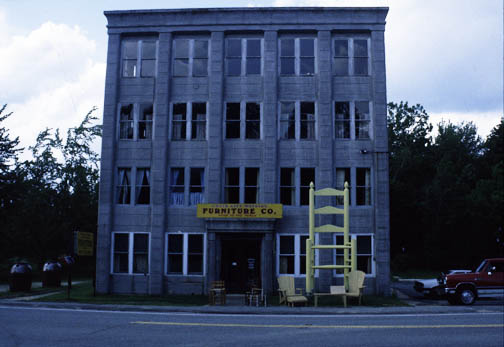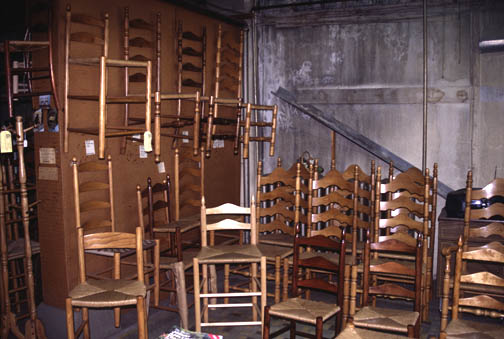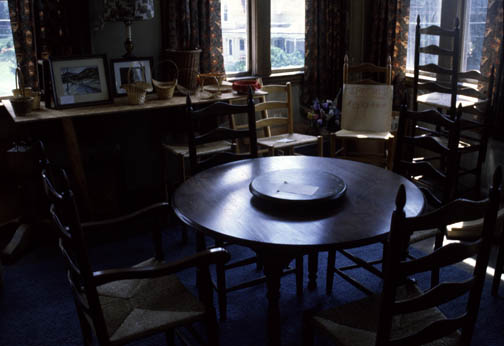A growing number of teacher training institutes in folk arts, folklife, and oral history are being offered each summer across the country. Last summer, here in New England there were a number of teacher training opportunities, including ones in Massachusetts (Explorations in Puerto Rican Culture, July 14-18), New Hampshire (Celebrating Heritage: Creating and Producing a Community Festival, July 8-29), and a series of institutes in Vermont (Place as the Context, Service Learning as the Strategy, Sustainability as the Goal.) If you have information about this summer’s workshops, please contact C.A.R.T.S. website – which stands for Cultural Arts Resources for Teachers and Students. They are compiling the summer’s offerings.
Month: January 2009
Dollmaker returns to Massachusetts

Ivelisse Pabon de Landron is passionate about many things in her Puerto Rican heritage. Most tangible is her making of black dolls like the ones shown here. Having learned doll making from her mother, Ivelisse went on to do extensive research on the Puerto Rican black doll, and eventually met with older doll makers in Puerto Rico. She is passionate about preserving the history of the black doll as a way of honoring Puerto Rican women of African descent and their contribution to Puerto Rican cultural history. For example, the women’s role as slaves on sugar plantations, as la comadronas (midwives) and as la jibara (country peasants.)
Born in New York, Ivelisse grew up in the barrio of the Lower East Side, where her mother was a community organizer. As an adult, Ivelisse relocated to Massachusetts, but in 2000, she was inspired to move to Puerto Rico. “I wanted to know about my heritage. I wanted to understand the culture, because my dad was black and my mom was white. Also, because there was something missing. I found out that what was missing was that I didn’t know where I came from. I wanted to know why the culture was the way it was — the music, the food, the dancing.” After doing ancestral research in old church records, Ivelisse learned that she is the great great-grandaughter of a woman who was brought to Puerto Rico in 1834 from Africa to work in the sugar plantation in Vega Alta.
After arriving in Puerto Rico, Ivelisse sought out older doll makers to learn from them. She eventually marketed her dolls at the Plaza in Old San Juan. Ivelisse has moved back to Massachusetts and is eager to share what she has learned of Puerto Rican traditional culture.
. 
Photos by Maggie Holtzberg
Chairmaking Once Pride of City

Today’s Boston Globe paints a less than promising picture of the state of furniture making in Gardner. Nicknamed “Chair City,” many of the large furniture companies have closed down, leaving Gardner without its core industry which once was such a sense of pride. One of the oldtimers still weaving rush seats on ladder back chairs is Len Curcio. He owns Wayside Furniture, a company founded by his father over 60 years ago.
Back in 2000, folklorist Tom Carroll did some field research in Worcester County for us, including a visit to Wayside Furniture to meet with Len Curcio. He saw Curcio’s work as a continuation of the very significant chair and furniture making industry of Gardner and the surrounding area. In contrast to some of the larger scale facilities that once existed in town, Wayside still maintains a hand crafted element in their production processes.
I
In creating the woven rush seat, Len Curcio works by wrapping a length of fiber around a shuttle, then passing through the opening where the chair seat will be. Keeping “equal pressure, equal pull” is key. “You have to have an affinity for it, cause it’s rough on your hands,” Mr. Curcio told Tom. “It’s the center part I’m looking at. The hole, not the weave.”

The involves passing the shuttle under the open seat and forming an “X” by applying material to each corner and gradually building the corner out toward the center. After every other pass, Mr. Curcio uses a metal wrench, or iron, to tighten the weave against the corners. Once the weave is completed, Curcio uses the “stuffer,” an elongated wooden implement, to pack newspaper strips into the bottom of the weave. “A chair is a total paper product,” Mr. Curcio explained. Once the stuffing process is completed, he uses the buffer to rub the finished weave to crea a smooth, relatively even surface.

Photos by Tom Carroll, 2000.
Cape Ann Bird Watching Weekend

A wonderful opportunity to go bird watching in Cape Ann will take place January 30 through February 1at various sites throughout Cape Ann. The area is known by birdwatchers for its concentration of winter birds. There will be mini buses to take people to various birdwatching sites, hot “chowdah,” a decoy carving demonstration by Bob Brophy at the Elks Hall in Gloucester, and a special exhibition of Brophy’s miniature decoys at the Cape Ann Museum. For more information, call the Cape Ann Chamber of Commerce: 978-283-1601.
What a cool tradition!

About 500 people took part in the annual South Boston tradition of plunging half-naked into the freezing waters of Dorchester Bay to ring in the New Year. The L Street Brownies is one of the oldest polar bear swims in the country. This year, the temperature was only 13 degrees; factor in the windchill and it’s hard to imagine how people do it. Swimmers were given extra courage by a bagpipe band made up of players from the local firefighters and engineers unions.
